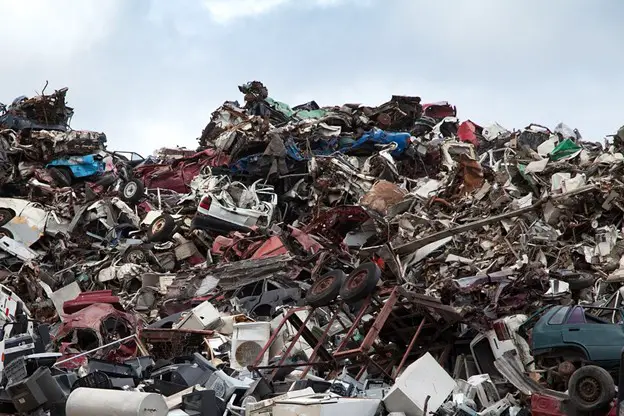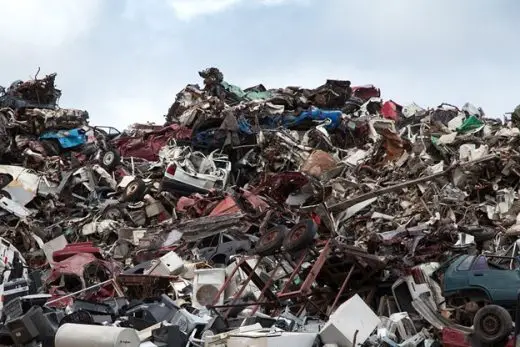How to prevent home building surplus materials from going to landfill, Sustainability, Green projects
Prevent Home Building Surplus Materials From Going to Landfill
7 Mar 2023
In construction, it’s not unusual to complete your project without exhausting the previously anticipated materials. Whether you’re a homeowner working on a DIY project, or a contractor in the construction industry, it helps to know what to do with the materials left unused once your project is over.
And in a time when every effort to remain eco-conscious, limit pollution, conserve resources and save the planet from the devastating effects of global warming matters, you don’t have to win the Nobel peace prize to be termed a hero.
All you may need is to prevent your surpluses from ending up in the landfill, and the tips below could come in handy!
1. Reuse or Repurpose Your Construction Materials
When it comes to preventing construction waste from going into landfills, reusing and repurposing are key. Rather than throwing out items like wood trimmings, unwanted tile, or metal pieces, you can consider ways to enhance your living space using these materials.
For example, the remnants of MDF boards when installing fixtures and fittings can be reused to create a statement piece of furniture that further elevates your home decor.
2. Recycling Metal (and Making Back Money on It): How to Profit from Home-Building Surplus Materials
If you have an abundance of metal remnants from your construction project sitting around your yard, and you don’t need them anymore, it is not unusual to feel like dumping them in the next garbage collection truck. But these will pretty much likely wind up in the landfill, and landfills are full of scrap metal that doesn’t seem to benefit anyone most of the time.
Instead, it’s better to send such materials to a metal recycling center. These establishments will almost always pay a significant amount of money for what you initially considered trash. So, visit the metal recycling centers near you and let them know what types of items are available for collection.
Not only will this enable those metals to be reused and recycled properly but also give you a rewarding experience!
3. Donate Your Surplus Materials: Where to Find a Home for Unused Building Supplies
Donating your unwanted materials is an excellent way of getting rid of surplus items without throwing them away. Many charitable donation centers, building and housing associations, and city development programs are always in need of supplies like tile, lumber, windows, paint, and much more. These can be put to good use in the construction industry instead of ending up in landfills.
Oftentimes, donation centers may even offer a tax write-off as well! So, if you have materials that perhaps aren’t suitable for your conventional reuse or recycling processes, a donation is one of the most environmentally-friendly ways to dispose of them. It pays to conduct some research to see if any local organizations would appreciate your surplus items before sending them out with the trash!
4. Get Creative with Upcycling: Turning Building Supplies into Art
Another great way to avoid sending home-building surplus material to landfills is to find ways to upcycle them. For instance, turning old doors or window frames into stunning works of art for your living space can be an excellent way to add a personal and unique touch that others will surely appreciate.
If you are a bit more daring, why not expand your horizons and put together other types of creative uses for found construction items as well? From planters made using wood scraps, to stone tile pieces used as key holders—the possibilities are endless!
Put in some elbow grease and discover new ways of utilizing the resources at hand before disposing of them in the wrong place.
5. Find a Repurposing Partner: How to Connect With Someone Who Can Use Your Unused Materials
Having too much material on hand and nothing to do with it can be quite overwhelming, but don’t despair! Instead of throwing out these items, consider connecting with those in your local community who are looking for building materials.
For example, you could reach out to experienced builders through local trade unions or homeowners’ organizations that would be happy to take and find a purpose for some if not all your current excess surpluses.
It’s given for some to take them as donations, but others may be willing to pay or give back something in return! Moreover, connecting socially is always a great way of getting insight into the industry while making new sustainable alliances at the same time.
Comments on this How to Prevent Home Building Surplus Materials From Going to Landfill article are welcome.
Eco Architecture
Contemporary Green Architecture Design
Property Design
Contemporary Property Designs – recent architectural selection:
Buildings / photos for the How to Prevent Home Building Surplus Materials From Going to Landfill page welcome






